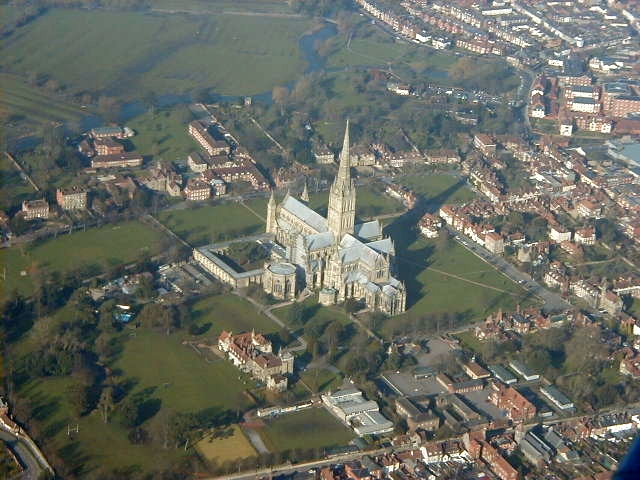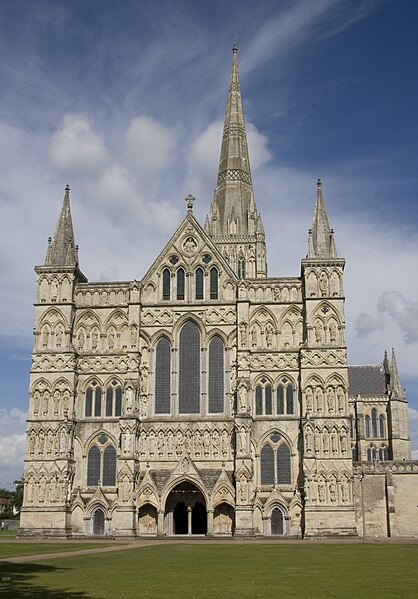"Through the Pages" Thursday is something I hope to do on a weekly basis. Its purpose is to go beyond reading a book just to check it off a list & build up your number of reads. There is so much to learn from books - background behind its creation, history involved within the story itself (whether true history or mythical), the thoughts & impressions a certain passage may leave us with if we take the time to ponder instead of rush through. The subject matter for "Through the Pages" can be expansive if you just stop to think & let your creativity flow.
(Anyone is welcome to join me with their own current read's "Through the Pages" - just leave a comment w/ a link to the specific post on your blog.)
I am currently reading The Pillars of the Earth by Ken Follett - a book I've meant to read for a few years now, but kept putting off because of its massive size! I finally added it as one of my books for a tbr (to be read) challenge this year. Of course, I put it off again & saved it for the last qualifying month of the challenge! Although the size intimidated me, & I was unsure if a book like this would hold my attention (do I really want to read about the building of a cathedral?), it pulled me right into the story from the outset & has not been a dissapointment in any way yet.
Ken Follet wrote thriller novels before coming out with his first historical fiction, this one. When telling why he took on this project he said:
[I] read a couple of books on architecture and developed an interest in cathedrals. Before too long, it occurred to me to channel this enthusiasm into a novel. I knew it had to be a long book. It took at least thirty years to build a cathedral and most took longer because they would run out of money, or be attacked or invaded. So the story covers the entire lives of the main characters. My publishers were a little nervous about such a very unlikely subject but, paradoxically, it is my most popular book. It's also the book I'm most proud of. It recreates, quite vividly, the entire life of the village and the people who live there. You feel you know the place and the people as intimately as if you yourself were living there in the Middle Ages.
Follett fashioned the cathedral in his book after Wells & Salisbury Cathdrals in England.
 |
| Painting of the Salisbury Cathedral Commisioned in 1825 by John Fisher, Bishop of Salisbury |
The immense grandeur & size of cathedrals is meant to give glory to God & can be a reflection of the wealth of its patrons.
Cathedrals are traditionally built in the shape of a cross to symbolize the cross that Jesus Christ was crucified on. They also tend to be situated east to west to symbolize the Risen Christ & to allow for the sun to shine through the windows behind the altar during worship.
 |
| aerial view of Salisbury Cathedral |
The main body of the Cathedral is called the nave & is where worshipers congregate. "Nave" comes from the Latin word for ship, as to bear the congregation safely through the storms of life.
The main body of the Cathedral is called the nave & is where worshipers congregate. "Nave" comes from the Latin word for ship, as to bear the congregation safely through the storms of life.
 |
Nave of Salisbury Cathedral |
The arms of the cross are called transepts & oftentimes contain many small chapels.
 |
| Transepts in gray |
I'm surprised at how much more depth researching cathedrals has added to my understanding of The Pillars of the Earth, especially since the construction of cathedrals plays such a major role. I love learning about the symbolism & seeing pictures & floorplans of the architecture - it really helps me visualize what I'm reading about. Now I just hope I can continue to make research a part of the other books I read!
Information researched on Wikipedia

1 comments:
Amazing photos of Salisbury Cathedral. My husband and I were fortunate to visit it on our honeymoon 15 years ago.
Post a Comment